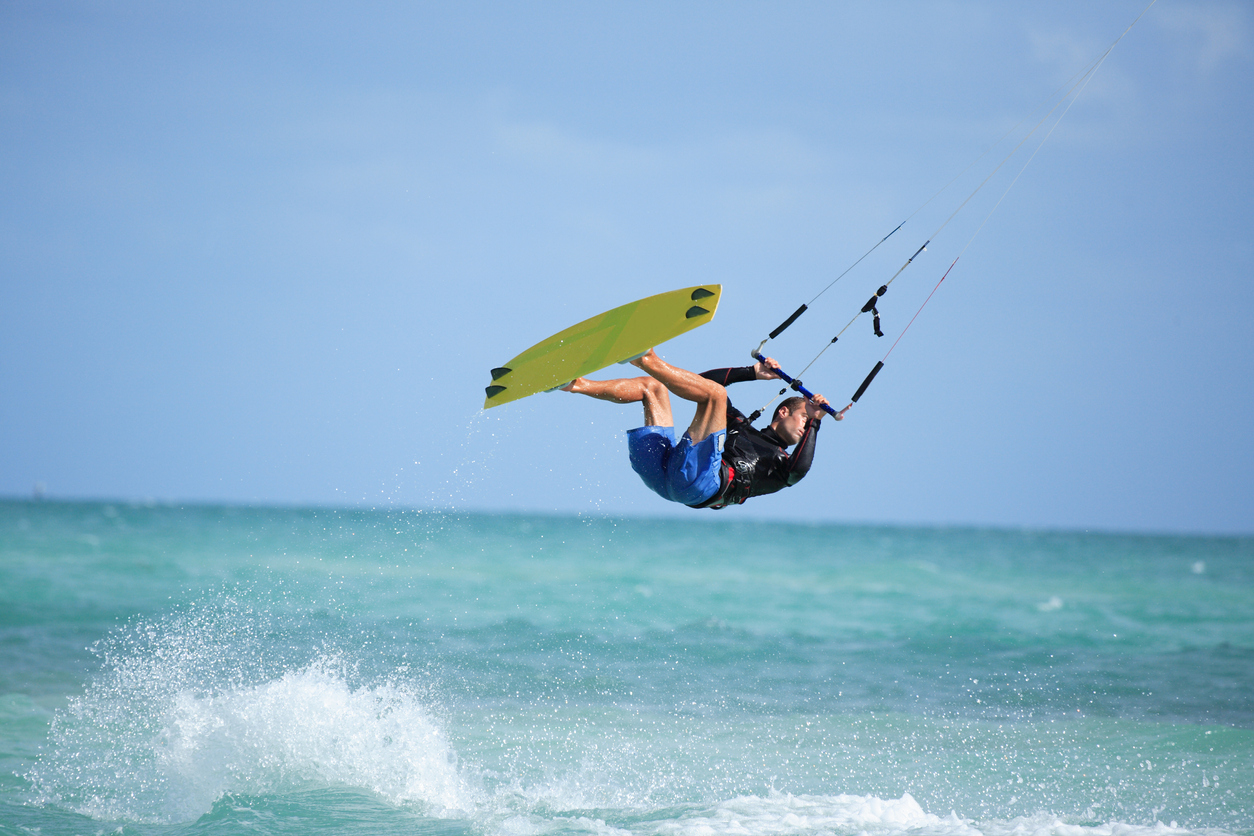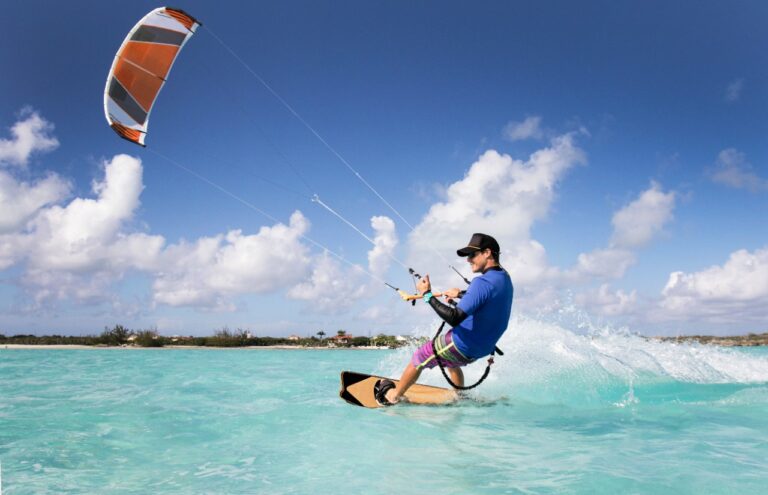
Where Kitesurfing Came From
March 09, 2021
Kitesurfing is by far the latest craze in extreme sports. The idea of using a kite to enhance speed and gravity for the surfer seems like a new and exhilarating challenge,. Yet, the art of kitesurfing dates back to the 13th Century Chinese. Back then, it was simply a mode of transportation.
Kitesailing, as it was known, was a medium that used the wind as an aid to harness its momentum and energy to mobilize their canoes across water.
The earliest recorded history of kitesailing dates back to the early 12th Century.
In the 1800’s George Pocock took the basic kite design to a whole new level. He increased the size of the overall kite. Then he used them as a sail to glide carts on land and ships on the water. The designs of the kites changed to four lines, the same setup deployed today.
Both carts and boats were able to turn and sail upwind. The wind would generate enough lift underneath the kite to raise it off of the ground. It was also powerful enough to sustain it for a period of time.
These kites have been able to propel a man-made vehicle across the ground, snow, ice and water. These kites are codependent on the wind. Wind is necessary to get off of the ground or water to get them to fly. However, once the kite is in the air it manufactures its own wind, which is proportionately faster and creates a higher rate of speed for the vehicle.
You may also like: Emotional tourism, beyond just traveling
Today, kitesurfing takes place on water. In the 1980’s Wipika, Kiteski, fOne, Concept Air, C-Quad, and Naish Kites marketed water launch kites. These kites could be sailed again after falling short of wind into the water.
In the late 1990’s off of the Hawaiian coast of Maui, Laird Hamilton and Manu displayed the extreme sport opportunities to radical surfers and wake boarders. Its popularity has since skyrocketed as one of the fastest growing water sports in the last years.

There are many different techniques that you will need to learn before you can master the kitesurfing sport. One of these techniques is learning how to feel and control the power of the kite.
Learning how to feel the power of the kite involves controlling the estimated surface and the speed of the kite.
With the four-line inflatable kite you can reduce the power of the kite. Just let the front lines loose and adjust the projected surface. Spend some time learning these how to feel the power of the kite techniques and practicing them.
The next step is to learn and practice to control the flying speed of the kite. You should learn both how to decrease and increase the kite’s power.
Controlling the flying speed of the kite is easier to learn, as compared to controlling the projected surface. It is considered a somewhat better way how to feel the power of the kite and control that power.
Though it is not that easy to reduce the power of the kite through this technique, increasing the power of the kite is very easy. All you have to do is just fly your kit. Then, depending on the wind position, use different wave patterns.
Today there are organizations, competitions, videos and magazines worldwide dedicated to this increasingly popular sport and the thrills associated with it.
More Reviews
------ADVERTISEMENT------
------ADVERTISEMENT------
------ADVERTISEMENT------
------ADVERTISEMENT------


